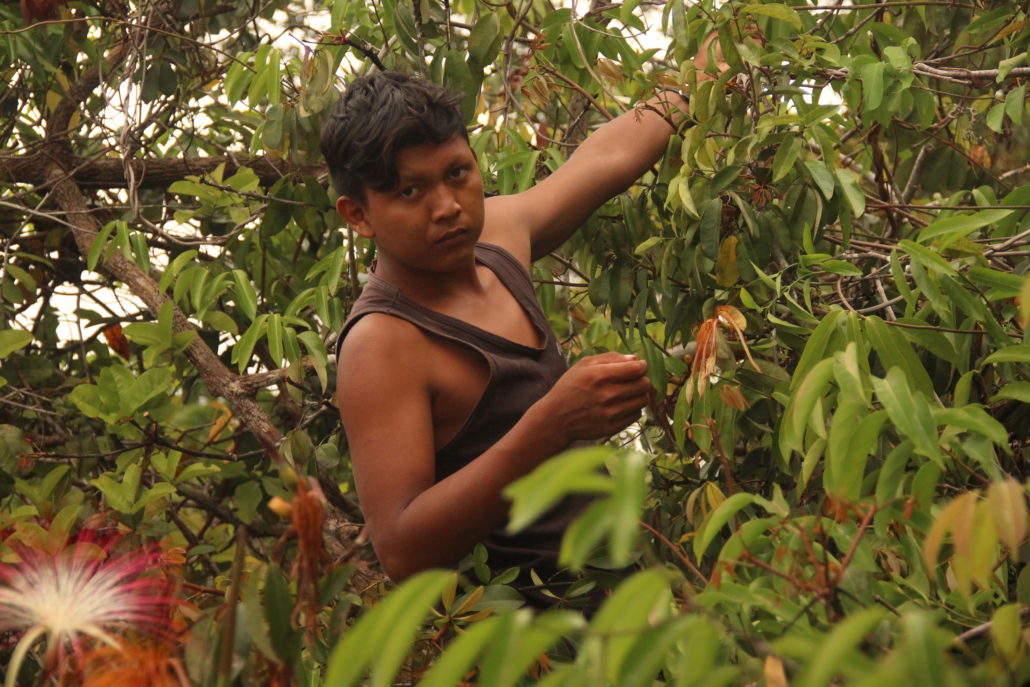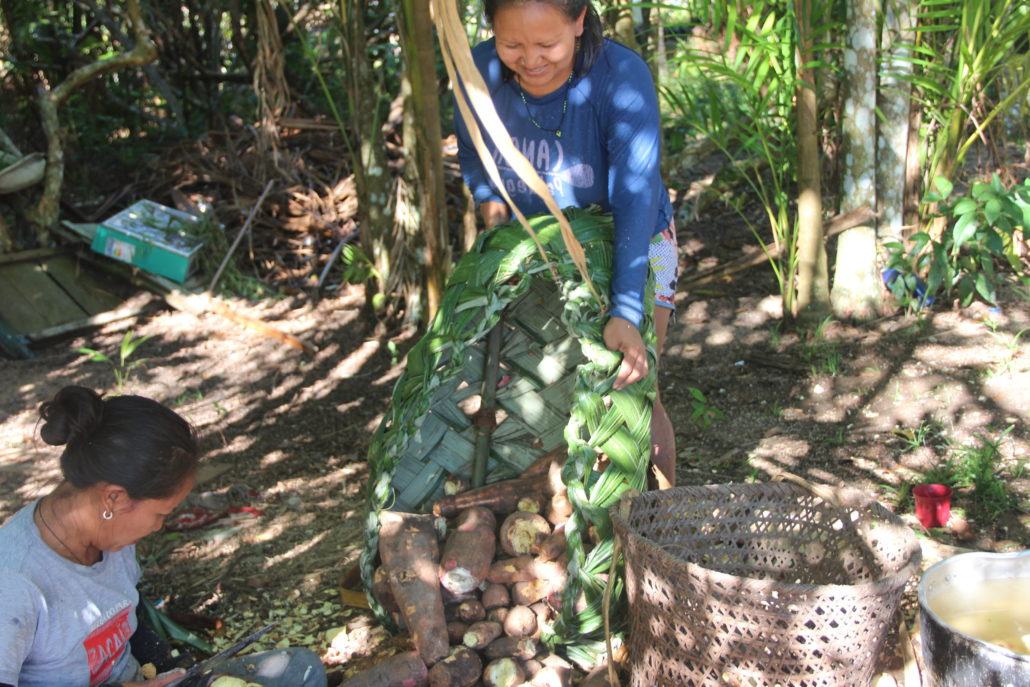Francineia Fontes Baniwa
Francineia Fontes Baniwa is of the Walipere-Dakeenai clan of the Baniwa people, who have been living since precolonial times in the upper Rio Negro River area, now part of the Northwest Amazon region of Brazil. She is currently studying for a doctorate in anthropology at the Museu Nacional (Federal University of Rio de Janeiro), where she completed a master’s dissertation on Baniwa mythology and its transformations in 2019. She is a mother, expert in forest agriculture, activist, defender of the environment and its guardian-carers, photographer and spokeswoman for her people and for Amerindians – the original peoples of the Americas – more generally.
Francineia Fontes Baniwa é do clã Walipere-Dakeenai do povo Baniwa, que vive desde a época precolonial no alto rio Negro, atualmente noroeste da Amazônia brasileira. Está cursando doutorado em antropologia no Museu Nacional (Universidade Federal do Rio de Janeiro), onde concluiu sua dissertação de mestrado sobre a mitologia Baniwa e suas transformações em 2019. É mãe, especialista em agricultura na floresta, ativista, defensora do meio ambiente e seus cuidadores/guardiões, fotógrafa e porta-voz de seu povo e, de modo mais geral, dos ameríndios – os povos originários das Américas.
Photographs
Francineia Baniwa’s photographs give us a portrait of some of the everyday activities of indigenous communities in the Northwest Amazon, which anthropologists write about as “subsistence” practices. We see a woman harvesting manioc; a brother and sister pair taking fish out of a fishing net; a young man cutting buriti palm fruit; a family traveling to their swidden cultivation. Interspersed with these images, she offers us some close-up shots of flowers and leaves, so that we get a glimpse of the aesthetic pleasure they bring when people move through the woods and gardens. It gives us a sense of how these activities are much more than subsistence. The images show us something of her people’s extensive knowledge of forest plants and species, their knowledge of the forest and the river, and hints at the deeper relationships with the natural and non-human world of which all are part.











